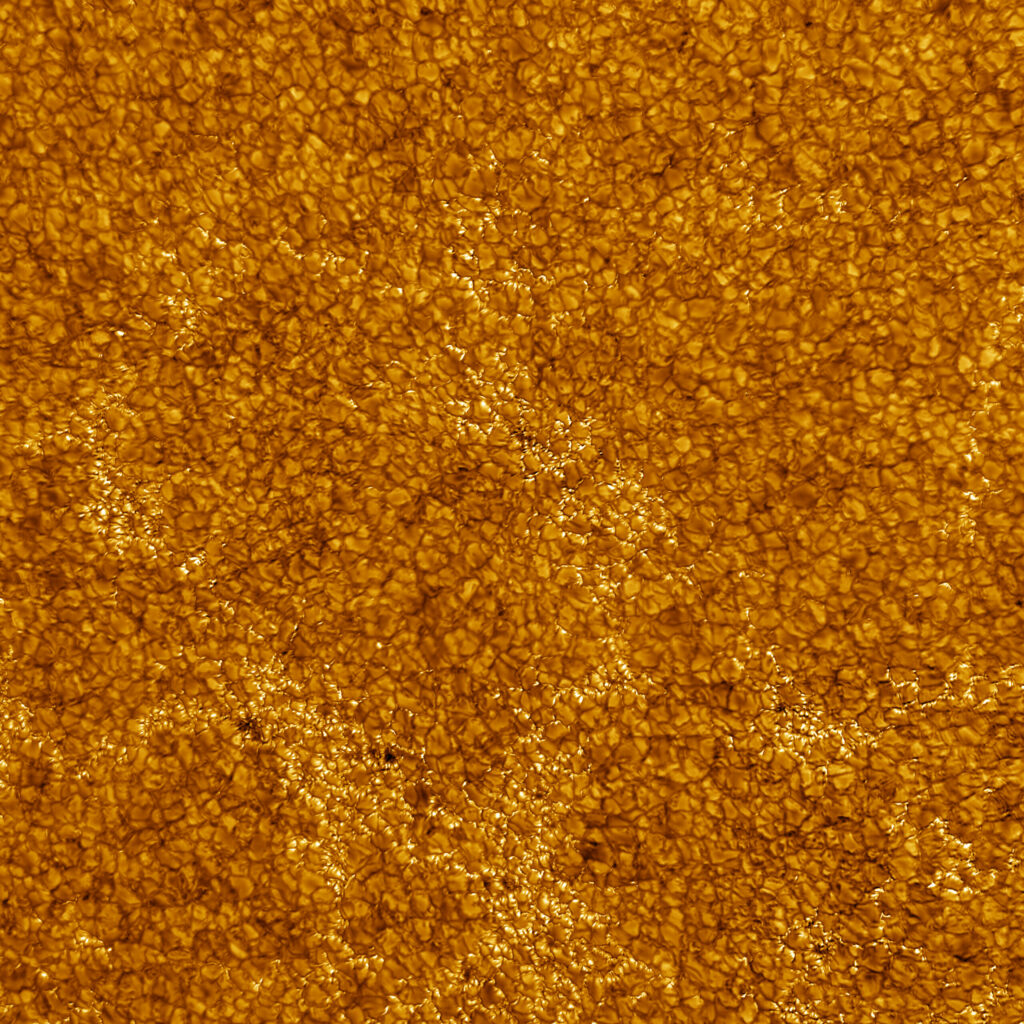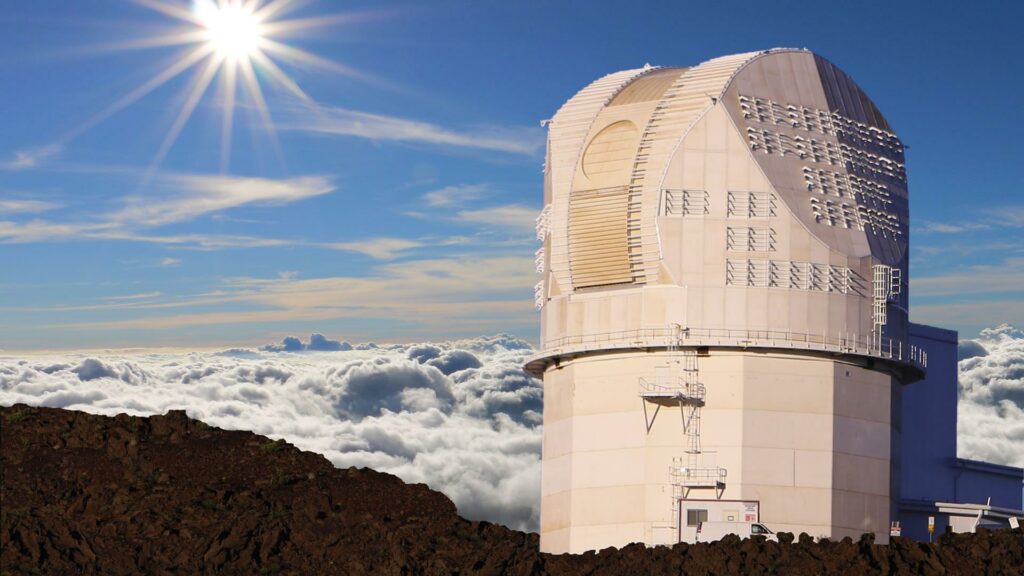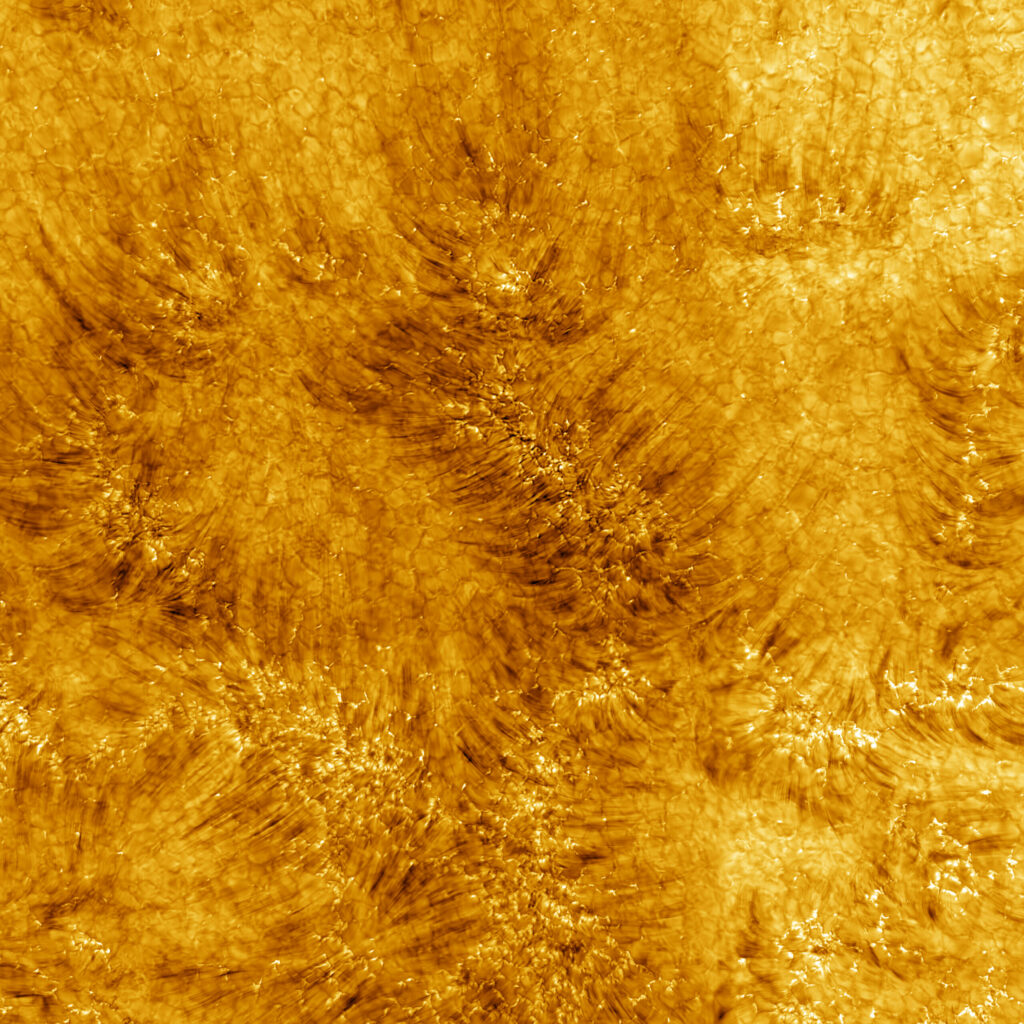The US National Science Foundation has published some striking photographs taken by the DKIST telescope (Daniel K. Inouye Solar Telescope). To date, these are the most detailed images of the solar chromosphere. According to astronomers, they are “worth more than a thousand words”.

The world’s most powerful solar telescope
The DKIST telescope is installed on top of an extinct volcano on the island of Maui — the second largest in the Hawaiian archipelago. Due to the large number of cloudless days, the locals nicknamed this place “The House of the Sun”. Construction of DKIST began in 2013, and it began its first observations in February 2022.

To date, DKIST is the world’s largest and most advanced optical telescope capable of capturing the surface of the Sun with unprecedented resolution. This is achieved through the use of a 4.24-meter main mirror, as well as an ultra-modern adaptive optics system. DKIST has already demonstrated its abilities several times by making the most detailed image of a sunspot in history.
The most detailed images of the Sun
The publication of new DKIST images was timed to coincide with the inauguration ceremony held on August 31. It was held on the occasion of the completion of the first phase of putting the telescopes into operation.

The new DKIST images show the chromosphere, the outer shell of the Sun, with a length of about 10,000 km, surrounding its photosphere (visible surface). The origin of the name of this part of the solar atmosphere is due to its reddish color caused by the fact that the red Hα (H-alpha) line of hydrogen radiation dominates in its visible spectrum. The upper boundary of the chromosphere does not have a pronounced smooth surface, hot emissions called spicules constantly occur from it.

The DKIST image covers an area of 82.5 thousand km. This is almost 7 times the diameter of the Earth. The image was taken at a wavelength of 486.13 nm, its resolution is 18 km. For a better understanding of the scale, the observatory staff published an additional version of the photo with the Earth superimposed on it.

A second image was also published, showing a similar-sized section of the solar surface. It was obtained using a visible broadband thermal imager. The image was taken at a wavelength of 430 nm, its resolution is 18 km.
You can also read about how the Solar Orbiter probe encountered a coronal mass ejection.
According to https://nso.edu
Follow us on Twitter to get the most interesting space news in time
https://twitter.com/ust_magazine

